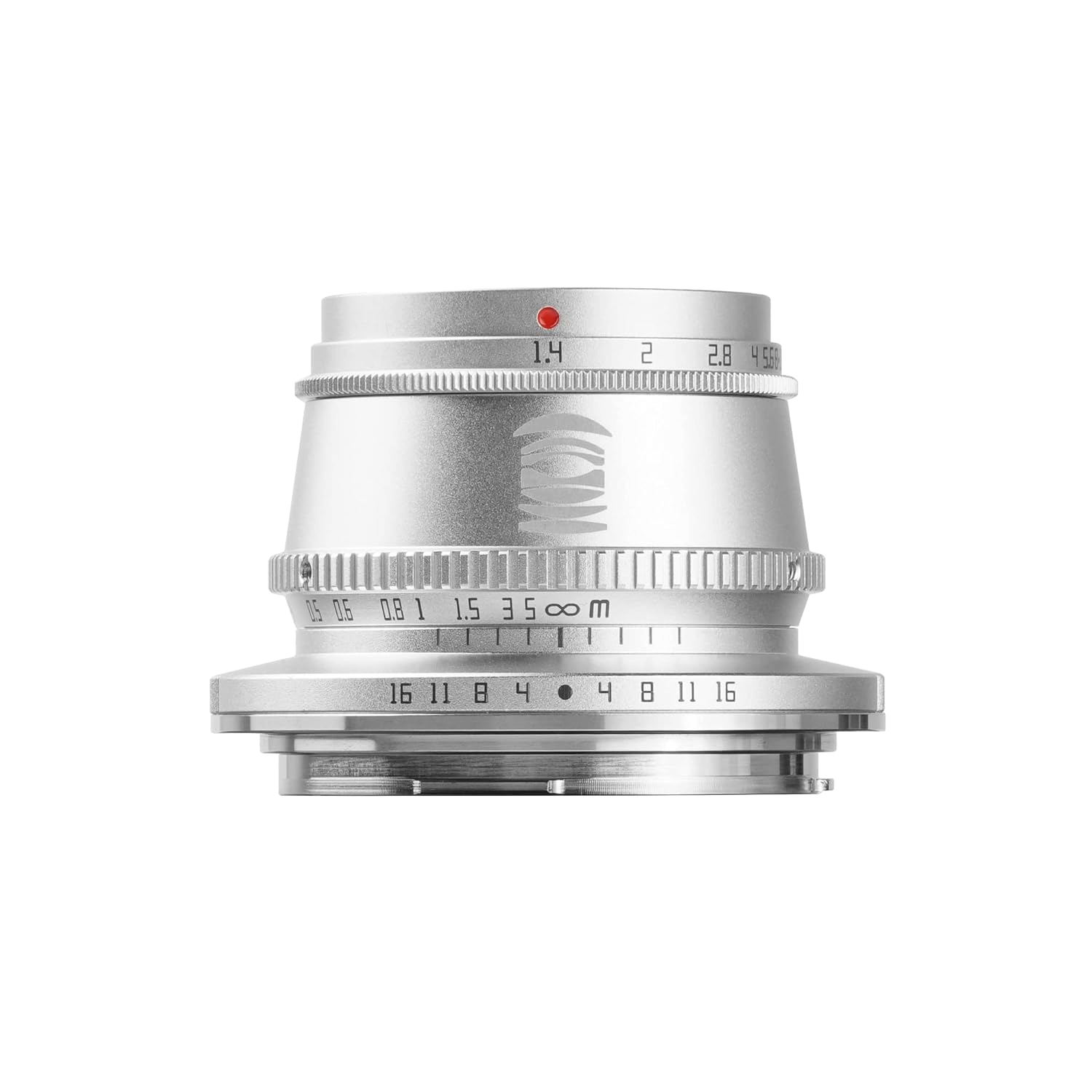On Automatic Lensess
27 April 2024
Updated: 29 April 2024
I enjoy capturing the world around me - places, people, plants - anything the light touches really
I’ve also spent a fair number of years shooting with manual focus lenses. Every now and then I pick up an auto focus lens - usually my kit lens, usually because I’m experimenting with a focal length or style I don’t use often
Between a museum and getting a bite to eat I was strolling the streets of Amsterdam trying to catch some of the Kingsday activities. I used my kit lens most of the time. It’s a 15-45mm f3.5 Fujifilm lens that’s fully automatic
Recently I’ve been experimenting with shooting at f11-f22 and aperture priority mode while prefocusing to get some more “classic style” street photos. This setup is really great because it means I don’t have to fiddle with anything when trying to get a shot - I can just lift my camera and click. This is especially handy since a scene can change quickly when shooting on a busy street
While shooting today I noticed a few things that annoyed me quite a bit and thought I should put them down mostly as a reminder to myself as to why I don’t really shoot with automatic lenses
Firstly, I get the feeling that automatic lenses make the process of turning a camera on and off a lot slower - I also get the feeling that it consumes a lot more battery life when turning on or off since the lens I have, and other lenses I’ve had previously, have a “collapsed” mode when inactive in which the lens elements are all fitted into the housing - when turned on, the motors in the lens “uncollapse” them which takes a bit of time and seems to eat a lot more battery than when using a fully manual lens
Next, then lens I have uses “fake” focus and zoom rings (it’s a fully auto lens as opposed to just auto-focus). I find this extremely annoying when shooting because I can’t trust that my camera is going to retain my zoom or focus settings when turning it on or off or that they weren’t randomly changed at some time accidentally
Semi related to this is that due to the focus and zoom rings being electronic, I don’t have any visible zoom or focus indicators on the lens. This means that I have to look through my camera to focus or zoom. This is a little annoying when shooting quickly because it means I can only change these settings after raising the camera to my eye - by the time I’ve dialed the settings in my shot is gone
You can see the indicators I’m referring to below when comparing the two lenses I currently use
The fully automatic Fujifilm 15-45mm f3.5 kit lens:

A fully manual TTArtisan 35mm f1.4 lens:

Normally when shooting you need to set the following:
- Focus
- Zoom
- ISO
- Aperture
- Shutter speed
If I have my focus set before even raising the camera, that’s about more than half of my time-to-shot saved - it’s really handy - particularly with lenses that have slow zoom or focus response like the Fuji lens
Higher end cameras (particularly Fujifilm cameras) also have the ISO and shutter dials at the top of the camera so that you can view these settings on the hardware without having to turn the camera on - this way you’re always ready to shoot
Lastly - aperture. Fully manual lenses also have manual aperture rings. This means that on a fully manual lens, even on a lower end camera - at a glance I can view 3 of the 5 things I need to set up in order to take a picture
Okay, so what? Just remember the settings right? Most cameras should retain your settings between restarts so this doesn’t really matter too much, and generally you’re not changing settings without knowing what your camera and light meter are showing you right? right?
Well … not exactly
So, when shooting street there’s a concept called “shooting from the hip” which is effectively shooting without having to pick up your camera at all. When doing this it can be useful (if not absolutely necessary) to set your camera focus and zoom while not actively shooting so that you can be ready when something comes up - when you’re working with a mirrorless camera, this is even more useful since it lets you conserve battery life if your camera is off while doing this
However, there are certain cases where being able to have a lens that is automatic is useful like in video for example, when smooth focusing and zooming can make or break a shot, or for photographers who are just starting out and want to let their camera control their aperture or focus settings so they can focus on just getting the shot
Some Technical Jargon
- “Focal Length” not “Zoom”
- I don’t know what lenses that have electronically controlled focus and zoom rings are called, I’ve settled for “Automatic Lenses”
- The zoom thing obviously doesn’t apply to lenses that do not zoom
- The aperture thing obviously doesn’t apply to lenses that don’t have an aperture control
- All of this also probably doesn’t apply to cameras that are fully manual